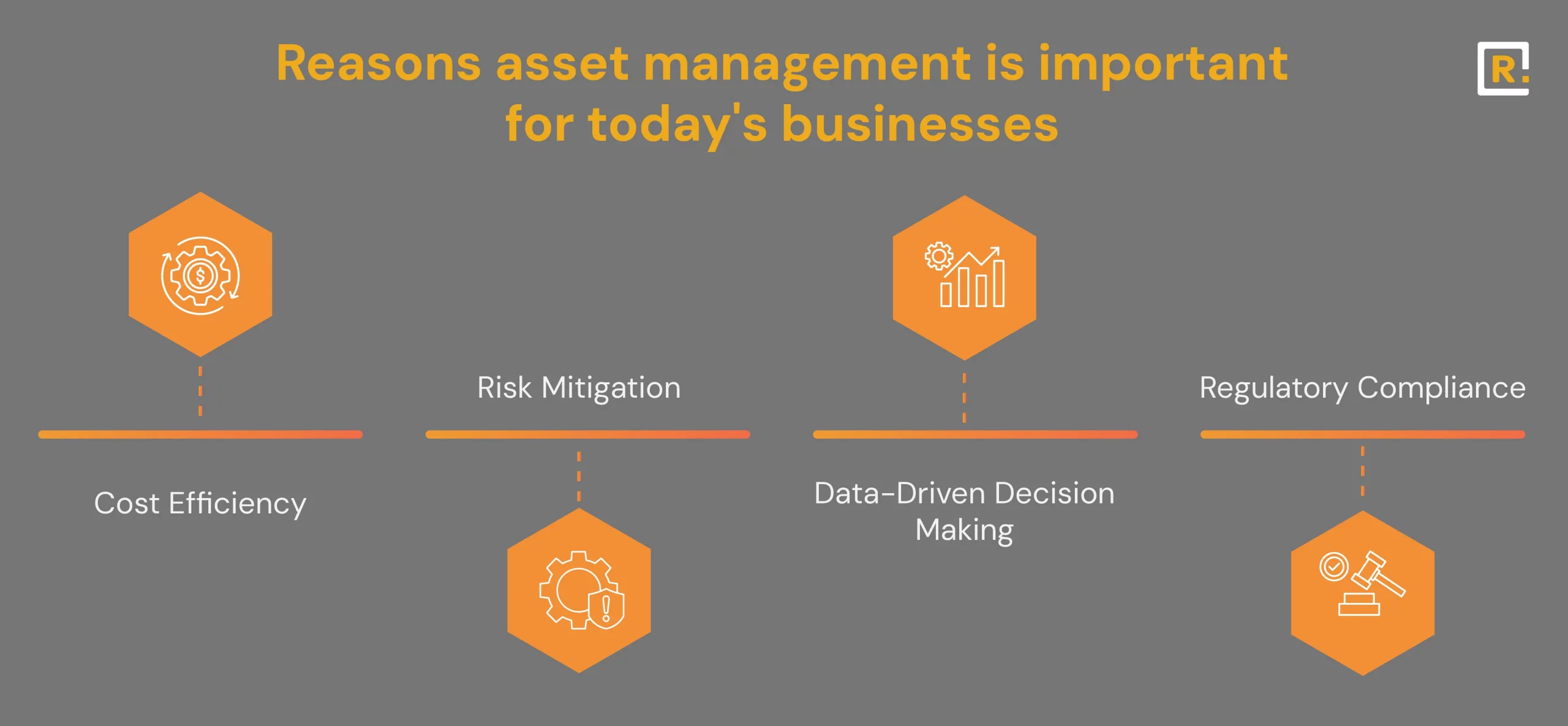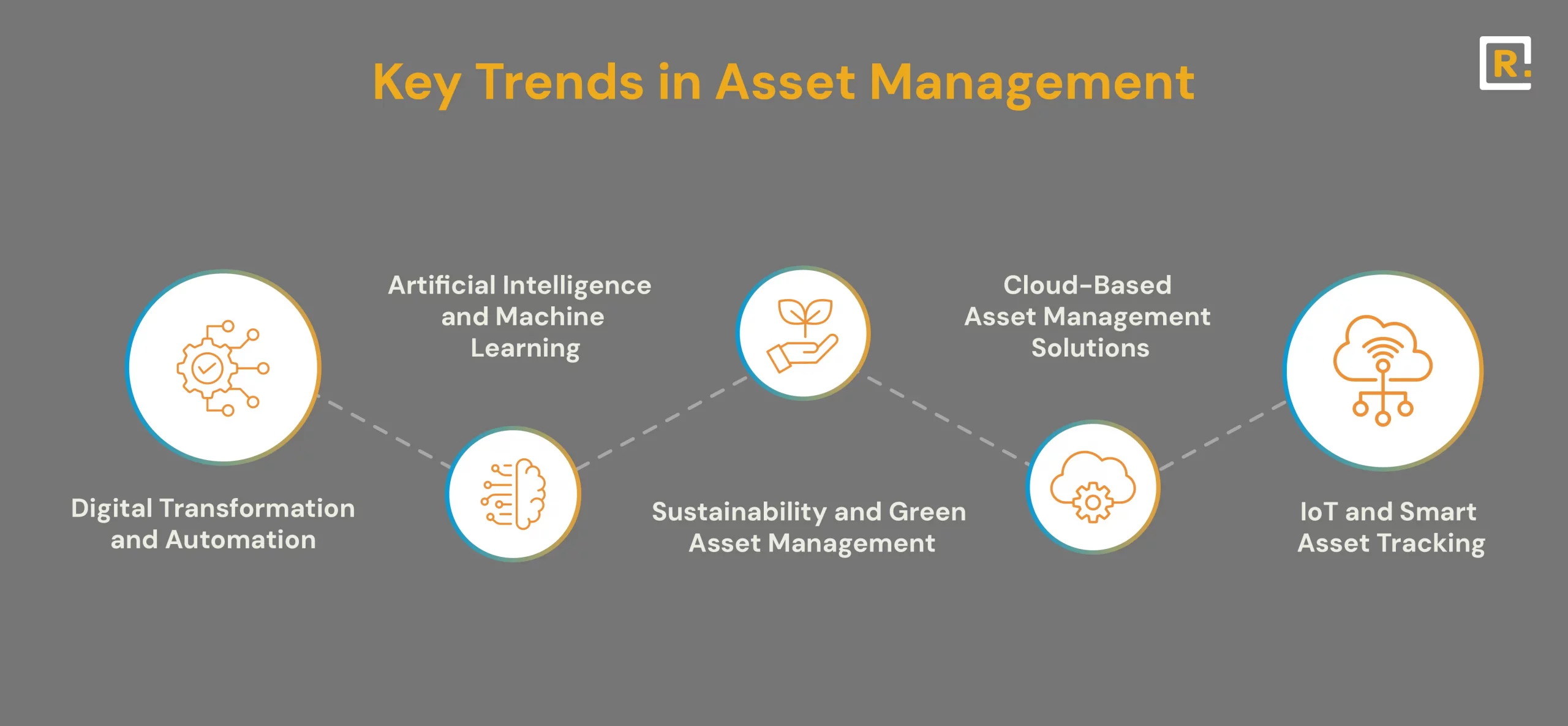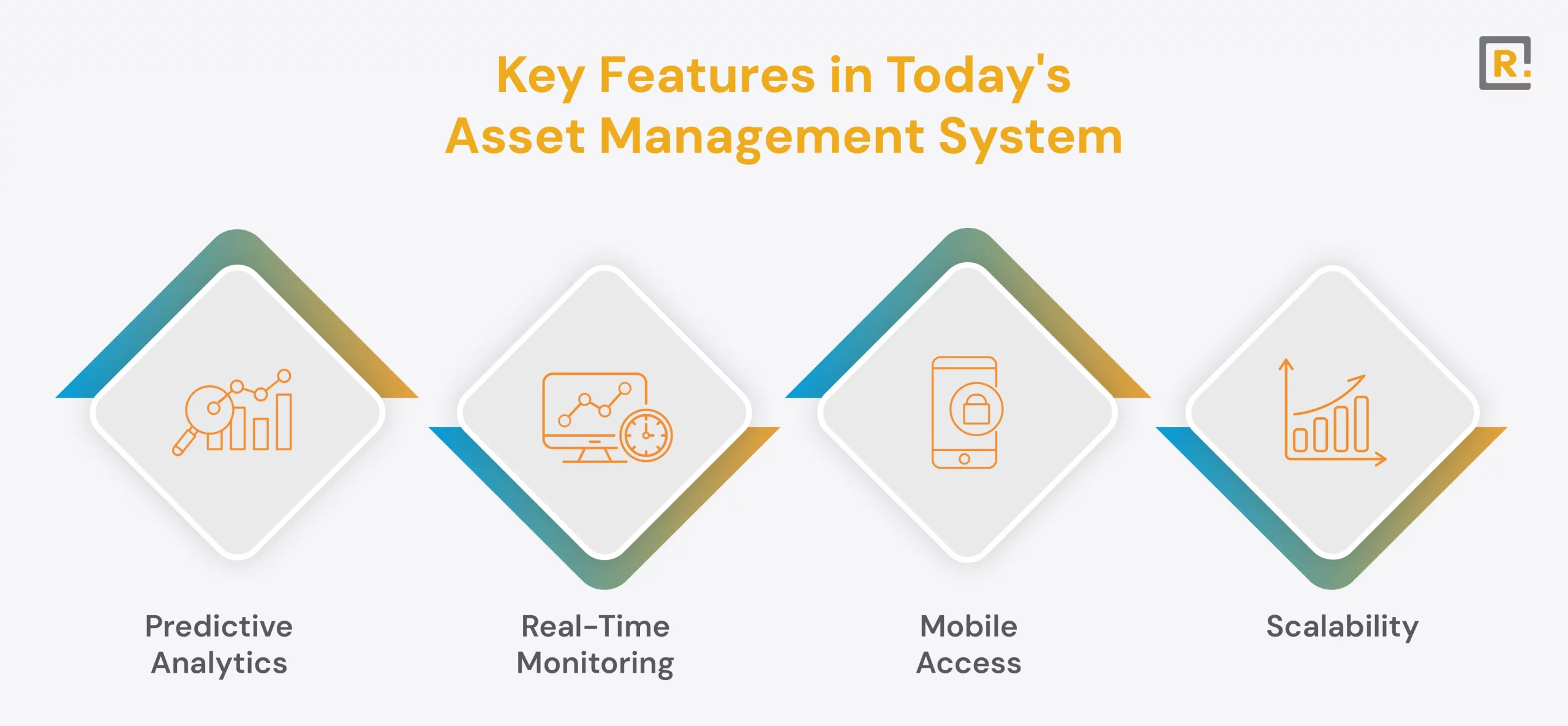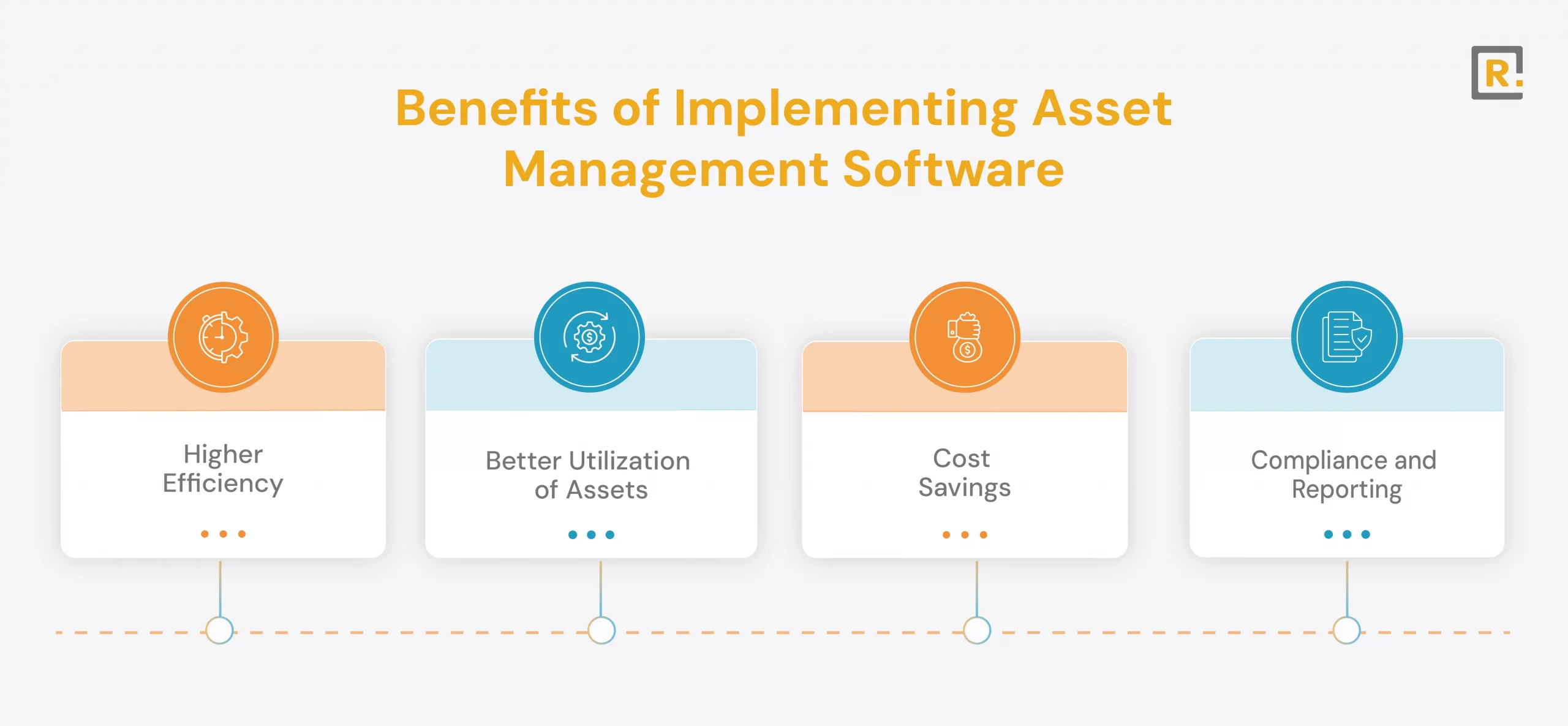-
Solutions
Vendor Management Efficient vendor management platformField Service Management Effective onsite service operationsReal Estate Management Efficient real estate managementAsset Management Efficient asset lifecycle managementDealer Management System Analytics-based Smart Dealer ManagementDigital Retail Solution Integrated e-commerce solutionsSubscription and Billing System Automated billing and subscriptionsSales Force Automation Optimized sales process automationIntelligent Character Recognition Software Automated text conversion and data extraction
- Why Raapyd
- Insights
- About
Asset management is the systematic process of tracking, maintaining, optimizing, and disposing of physical and digital assets throughout their lifecycle. It helps businesses reduce costs, minimize downtime, mitigate risks, ensure compliance, and make data-driven decisions—essential for long-term operational efficiency and sustainability in a digital world.





